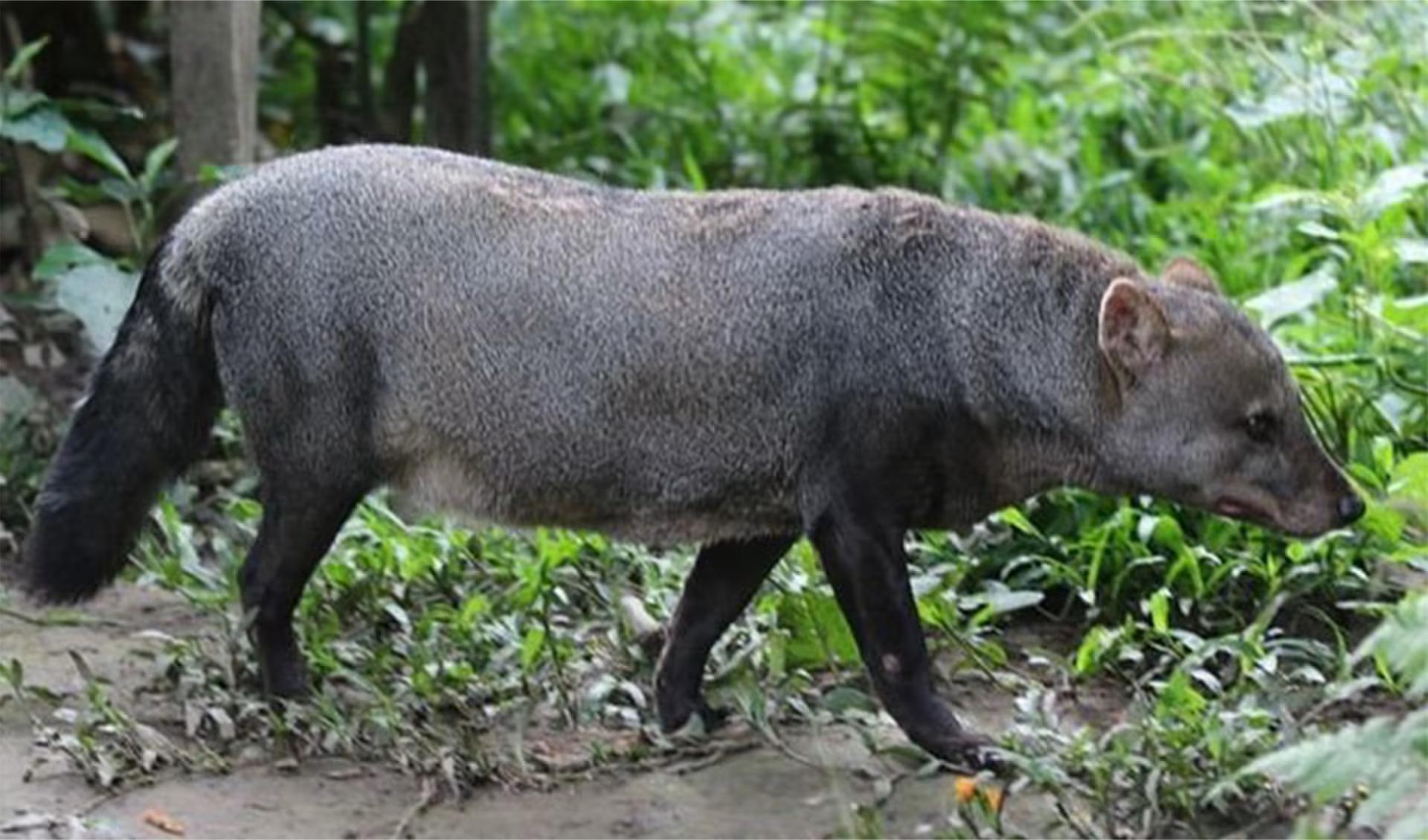
Ever heard of the short-eared dog? This elusive creature roams the dense rainforests of South America. Unlike your typical canine, it has a unique look with short ears, a bushy tail, and webbed feet. Why is it so special? For starters, it's one of the least studied wild dogs in the world. Scientists are still uncovering its secrets, from its diet to its behavior. Did you know it’s also called the "short-eared zorro"? Despite its fox-like nickname, it’s a true dog. Want to learn more? Buckle up for 28 fascinating facts about this mysterious animal that will leave you amazed!
The Elusive Short-eared Dog
The short-eared dog, also known as the short-eared zorro, is a rare and mysterious creature found in the Amazon rainforest. Despite its elusive nature, this fascinating animal has captured the curiosity of many. Here are some intriguing facts about this enigmatic species.
-
The short-eared dog is native to the Amazon Basin, spanning countries like Brazil, Peru, Ecuador, Colombia, and Bolivia.
-
Unlike most dogs, this species has a unique appearance with short, rounded ears, a long bushy tail, and a slender body.
Habitat and Behavior
Understanding where and how the short-eared dog lives can provide insights into its mysterious lifestyle.
-
These dogs prefer dense, undisturbed forests, making them difficult to spot and study.
-
They are primarily nocturnal, which means they are most active during the night.
-
Short-eared dogs are solitary creatures, rarely seen in pairs or groups.
Diet and Hunting
Their diet and hunting habits are as unique as their appearance.
-
They are omnivores, feeding on a variety of fruits, small mammals, birds, and insects.
-
Unlike many canines, they are excellent swimmers and often hunt for fish and other aquatic animals.
-
Their diet also includes reptiles and amphibians, showcasing their adaptability.
Reproduction and Lifespan
Reproduction and lifespan details add another layer to understanding these elusive animals.
-
Little is known about their breeding habits due to their secretive nature.
-
Females give birth to litters of 1-3 pups, which they raise in secluded dens.
-
The lifespan of a short-eared dog in the wild is estimated to be around 10-12 years.
Conservation Status
Conservation efforts are crucial for the survival of this rare species.
-
The short-eared dog is classified as Near Threatened by the IUCN Red List.
-
Deforestation and habitat destruction are major threats to their survival.
-
Conservation programs are in place to protect their natural habitat and ensure their survival.
Unique Characteristics
Several unique characteristics set the short-eared dog apart from other canines.
-
They have a distinctive vocalization, including a high-pitched whistle used for communication.
-
Their fur is dense and water-resistant, aiding their swimming abilities.
-
Unlike other dogs, they have partially webbed feet, which help them navigate through swampy areas.
Interaction with Humans
Human interaction with short-eared dogs is rare but noteworthy.
-
Indigenous tribes in the Amazon have various myths and stories about these mysterious animals.
-
They are rarely seen by researchers, making photographic evidence and sightings extremely valuable.
-
Efforts to study them often involve camera traps and other non-invasive methods.
Scientific Research
Ongoing research continues to uncover new information about the short-eared dog.
-
Genetic studies have shown that they are more closely related to foxes than to domestic dogs.
-
Researchers are using GPS collars to track their movements and gather data on their behavior.
-
Studies have revealed that they play a crucial role in their ecosystem by controlling the population of small mammals and insects.
Fun Facts
Some fun and lesser-known facts about the short-eared dog.
-
They are also known as "ghost dogs" due to their elusive nature and nocturnal habits.
-
Their scientific name is Atelocynus microtis, which means "small-eared dog."
-
They have a keen sense of smell, which they use to locate food and navigate their environment.
-
Despite their name, not all short-eared dogs have short ears; some individuals have slightly longer ears.
-
They are one of the least studied canines in the world, making every new discovery about them significant.
The Enigmatic Short-Eared Dog
The short-eared dog remains one of the Amazon's most elusive creatures. Despite its secretive nature, this unique animal plays a crucial role in its ecosystem. From its webbed feet to its omnivorous diet, every aspect of this dog is fascinating. Its ability to thrive in such a diverse environment showcases its adaptability and resilience.
Understanding more about the short-eared dog can help in conservation efforts. Protecting its habitat ensures the survival of many other species too. This mysterious canine reminds us of the vast biodiversity still waiting to be explored in the Amazon.
Curiosity about the natural world drives us to learn and protect. The short-eared dog is a perfect example of why every species matters. Keep exploring, stay curious, and remember that every fact you learn helps in preserving our planet's incredible wildlife.
Was this page helpful?
Our commitment to delivering trustworthy and engaging content is at the heart of what we do. Each fact on our site is contributed by real users like you, bringing a wealth of diverse insights and information. To ensure the highest standards of accuracy and reliability, our dedicated editors meticulously review each submission. This process guarantees that the facts we share are not only fascinating but also credible. Trust in our commitment to quality and authenticity as you explore and learn with us.
